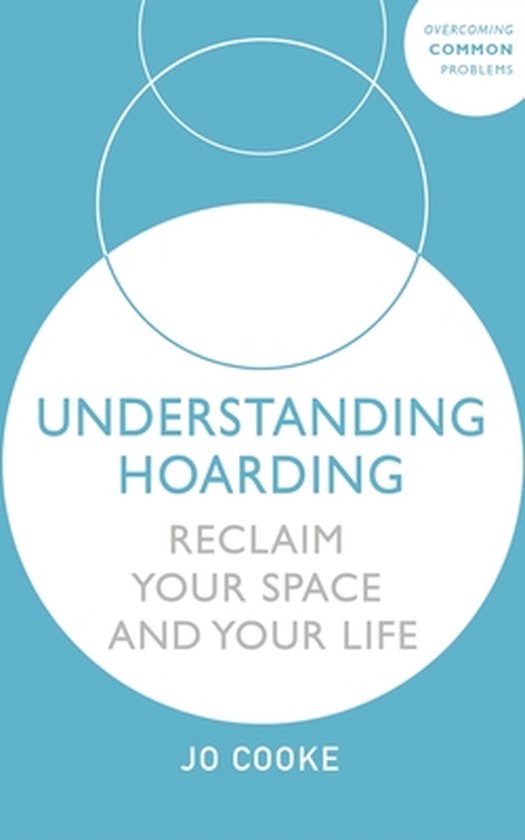
Overcoming Hoarding
Learn how to reclaim your space and your life
Hoarding is a common condition and almost everyone has some hoarding traits - collecting things excessively and having difficulty getting rid of items. When these traits begin to disrupt your life and clutter your living environment to the extent that you cannot use it for the purpose it was intended, then you may need help to cope with this disorder.
This book will help you understand the many reasons why you hoard items, and will provide you with step-by-step strategies to declutter your home and deal with underlying issues whilst managing emotional distress. It will also guide family and friends on how to support you at each stage of your journey. In addition, this book will help inform professionals on how to engage with and provide strategies to individuals for dealing with their clutter and hoarding behaviours.
SATWANT SINGH is a Nurse Consultant, Cognitive Behavioural Therapist and Mental Health and Clinical Lead. He facilitates the London Hoarding Treatment Group. MARGARET HOOPER is a Cognitive Behavioural Therapist and Counselling Psychologist, working in the NHS in a specialist CBT service. She co-facilitates the London Hoarding Treatment Group. COLIN JONES is a Senior Lecturer and Researcher in Advanced Clinical Practice at Liverpool John Moores University.
Overcoming self-help guides use clinically proven Cognitive Behavioural Therapy (CBT) techniques to treat long-standing and disabling conditions, both psychological and physical. Many guides in the Overcoming series are recommended by the UK Department of Health under the Books on Prescription scheme.
Series Editor: Professor Peter Cooper
Hoarding is a condition where a person has a tendency to collect and save things excessively and has difficulty in getting rid of items. This results in a cluttered living space and often causes distress and impairs the person from being able to fully function in their home. It's a common condition that affects 2-5% of the population and has far-reaching consequences for sufferers, family, friends and the wider community, together with potential health and safety implications, with increased risk of injury or vermin. There has been increasing interest in the media which has raised public awareness of this problem, but there has been very little literature aimed at helping hoarders until now.
There is no one reason why individuals hoard. For some, the hoarding behaviours are a way of coping with an emotional trauma. For others, there may be a strong attachment to certain objects, or a belief that certain materials have value - such as books, magazines and newspapers. Hoarding behaviour can also be a learnt behaviour from growing up in a cluttered environment. Sometimes unusual items or objects are hoarded including faeces and urine.
Hoarding is a common condition but little is known about it. Almost everyone has some hoarding traits but these may not manifest themselves to the extent that it causes disruption to a person's life and space. The true prevalence of hoarding is not clear however it appears to be a growing problem. With the increased attention that hoarding is getting more people are beginning to recognize that they may have a problem.
This book fills an important gap for a dedicated book on hoarding disorder, and uses CBT tools to help people recover, and reclaim their space and their life.
| Auteur | | Satwant Singh |
| Taal | | Engels |
| Type | | Paperback |
| Categorie | | Gezondheid & Lichaam |




